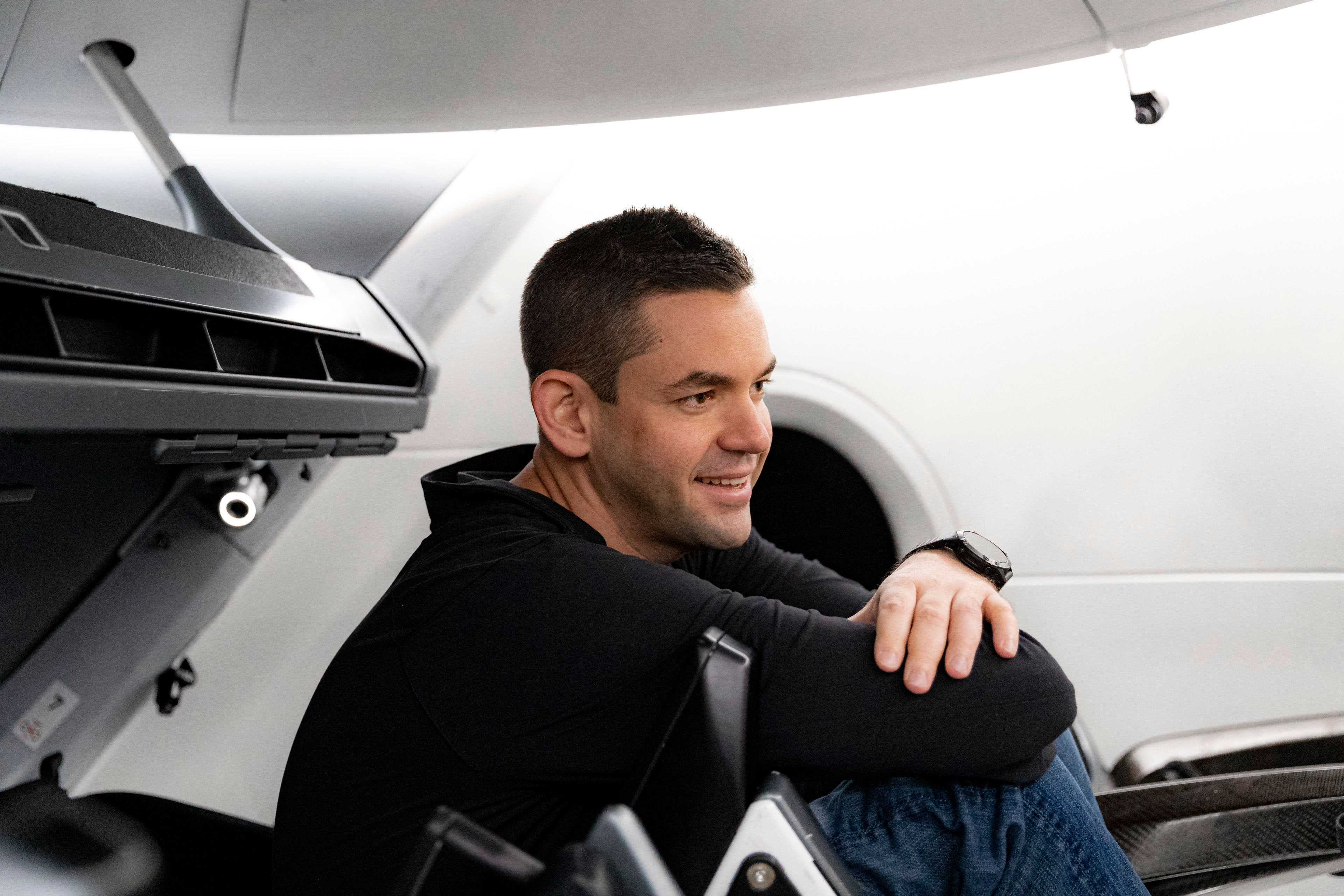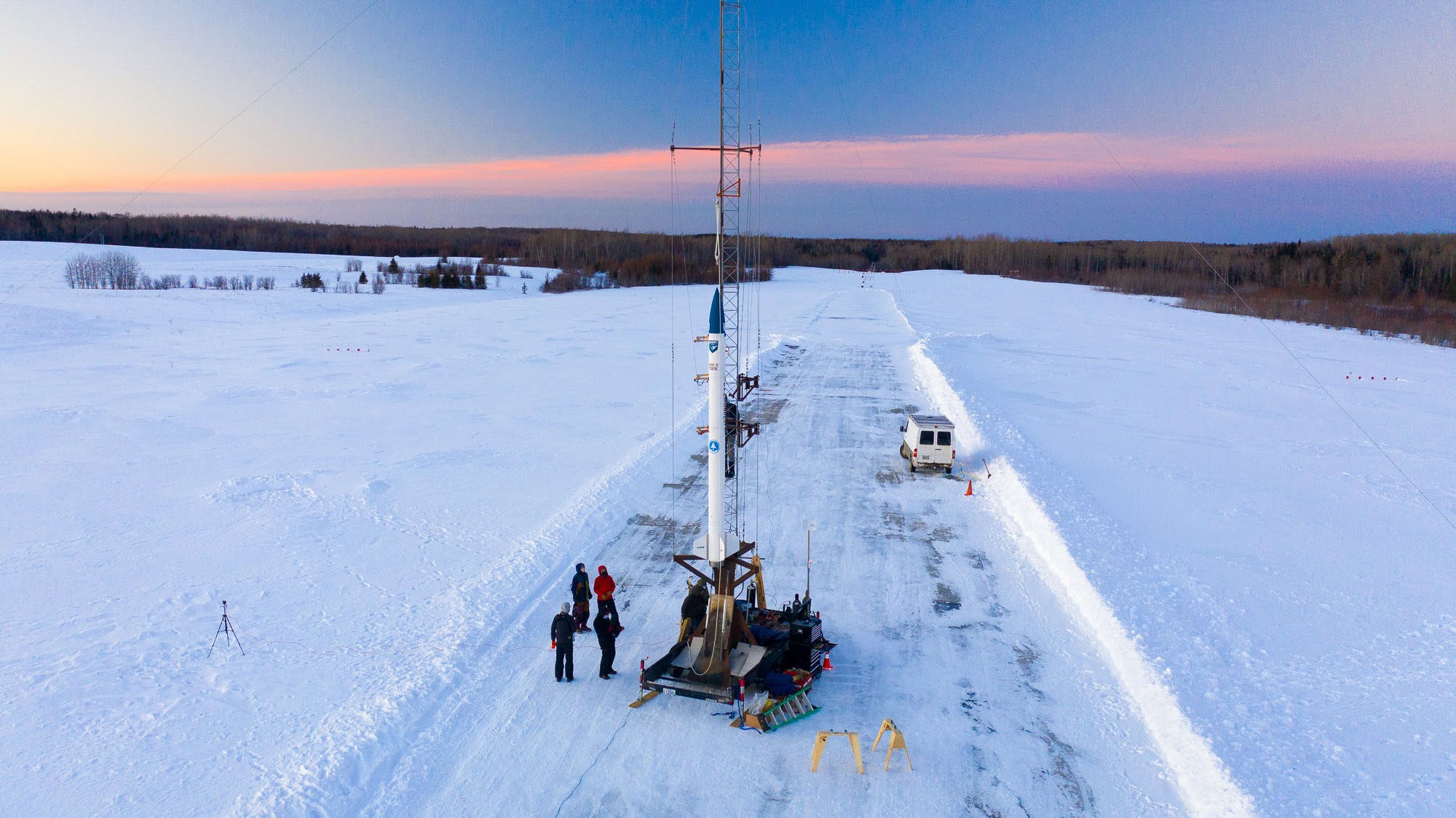Rocket launch company Astra, which just reached space this past December with a test launch from Alaska, will be going public on the NASDAQ via a merger with a special purpose acquisition company (SPAC) called Holicity. The recent SPAC craze has already extended to the New Space sector, and Virgin Galactic was among the in this wave of a new path to public listing, so there is precedent for space launch in particular, but Astra will be the first to list on the NASDAQ.
The terms of the deal will result in an anticipated $500 million in cash for Astra, from a combined $300 million held by Holicity in trust and a $300 million injection via a PIPE (private investment in public equity) from funds under management by BlackRock. The arrangement sets a pro forma enterprise valuation of Astra at around $2.1 billion – that valuation of the company minus the $500 million in cash the SPAC merger brings in. Astra expects it to complete by the second quarter of this year, after which the company will trade under the ticker ‘ASTR.’
Astra manufactures its own rockets, which are designed to carry small orbital payloads, at a facility in Alameda, California. Thus far, it has then shipped its launch vehicles to Kodiak, Alaska for flight – requiring just a handful of people on the ground at the actual spaceport to mount and launch the rocket, with the majority of the team overseeing the flight operating remotely out of a mission control facility back in California. The company’s model focuses on high output production of relatively inexpensive rockets, which can be responsively shipped and launched virtually anywhere depending on needs.
With its successful test in December, Astra achieved a pay-off of years of quiet work building and iterating its launch model. The startup was originally pursuing a DARPA-funded competition to achieve rapid response launch capabilities, but that contest expired with the prize unclaimed. The successful test in December still proved out the viability of Astra’s model – though it fell slightly short of achieving orbital velocity for actual payload delivery. The company said that this was a relatively easy remaining issue to fix, wholly manageable via software tweaks, and it intends to deliver its first commercial satellites beginning this summer.
Ultimately, Astra aims to be launching payloads on a daily cadency by 2025, and in a blog post accompanying the SPAC news, Astra founder and CEO Chris Kemp said that it’s also intent on “building a platform of space services” that implies ambitions beyond its work today on rockets.


